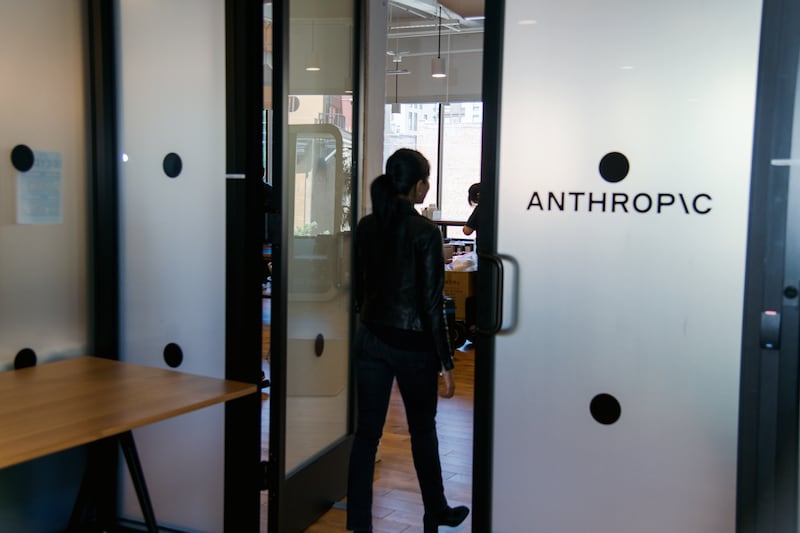Bringing an evergreen tree into our homes before Christmas to decorate with lights and baubles is one of the most enduring traditions of the festive season.
And seeing Christmas tree lights twinkling in houses across the country will be more symbolic than ever as people reflect on how they have coped during the Covid-19 pandemic.
The tradition of bringing evergreen trees indoors in winter time pre-dates the birth of Christ. But the practice of decorating Christmas trees started in the 16th century. Martin Luther, Augustinian monk and seminal figure of the Reformation, is credited with illuminating a Christmas tree with candles to celebrate God’s glory reflected in the stars.
The practice of bringing trees indoors in Ireland and Britain dates back to Victorian times when Prince Albert, the German-born husband of Queen Victoria, brought the tradition to England.
In Ireland, it wasn’t until the 1940s that bringing evergreen trees indoors became widespread. At that time, the top off-cut from thinning Norway spruce trees was the usual source of Christmas trees. The more widespread use of central heating prompted a move towards fir trees which are less likely to shed their needles.
Noble fir
The noble fir which originated on the west coast of the United States and the Nordmann fir which was first grown in the mountainous regions of Turkey and Georgia are now the most popular evergreen trees grown here for Christmas.
Both varieties grow well in Ireland with its mild winters and mixture of sunshine and rain.
“It was a good year for Christmas trees this year with the warm weather in the spring which heated up the soil and the rainfall in July and August,” says Justin Morton, owner of Killakee Christmas Tree Farm in the Dublin mountains.
Morton has been growing Christmas trees on this small family farm since the 1990s. Originally sold to wholesalers, the Christmas trees are now sold directly to customers who come to select and have their tree cut down for taking away on the same day. On the crisp winter day when I visit, a trip to this small forest with panoramic views out across Dublin Bay seems like the perfect family outing .
“We have hundreds of families who come up here to pick a tree as part of their Christmas tradition,” says Karen Morton. She normally invites children from local primary schools but not this year. “I usually do nature walks with the children, pointing out the different species and explaining how every layer represents a year’s growth but this year families will have to book a slot in advance to come up to select their trees,” she says. Like many Christmas tree sellers, Morton expects people will buy their trees earlier this year as decorating and displaying Christmas trees will be a safe way to spread a little cheer during the Covid-19 pandemic.
Nordmann fir
The Nordmann firs have become the most popular Christmas tree in recent years because they shed their needles less and have fuller branches which are softer to touch. However, the strong more widely spread branches on the bluer noble firs make them popular with those who like to dress their tree with heavier tree decorations often collected and cherished over years.
The Irish Christmas Tree Growers Association is encouraging people to buy an Irish-grown Christmas trees this year by looking out for the “Love a Real Tree” label. The long-running debate over whether real Christmas trees – used once and then recycled as mulch in public parks – are better for the environment than artificial trees reused over several years – rages on. But one thing’s for sure, you can’t beat the pine smell of a real Christmas tree in your home.
“We also sell Christmas trees growing in pots that people can bring back outdoors after Christmas and repot for next year. And each year we replant more than we cut to increase our stock,” says Morton.
More than 500,000 Christmas trees are harvested and replanted in Ireland every year and as well as supplying needs here, Irish Christmas trees are exported to the UK, France, Germany and the Netherlands. The industry contributes about €21 million to the Irish economy, according to the most recent figures.
Most of the Christmas trees are grown from seeds in little pots for the first year, then planted in nursery plots for another two years before being moved to their permanent plot where they continue to grow for another four to seven years. And while trees two to three metres in height are the most popular, smaller, neater trees are more suitable for apartments.
Before placing your tree indoors, make sure that the base has been freshly cut so that it can absorb water easily. Then, choose a spot away from direct heat and place it securely on a stand in a container full of water. Unplug lights before replenishing the water from time to time while it is in place.
Irish Christmas Tree Farms
Cork Christmas Tree Farm, Ovens, Co Cork: open Saturdays and Sundays. 0852038191 corkchristmastrees.com
Iniscarra Christmas Tree Farm, Lee Valley, Co Cork: advanced bookings on 0866061002corkchristmastreefarm.ie
Glencullen Christmas Tree Farm, Pine Forest Road, Glencullen, Co Dublin: open Saturdays and Sundays from 11am-2pm glencullenchristmastreefarm.com
Killakee Christmas Tree Farm, Killakee Road, Dublin 16: open daily for pre-booked visits.015312966 or email info@christmastreefarm.ie. www.christmastreefarm.ie
Slade Valley Christmas Tree Farm, Brittas, Dublin 24: open daily. Pre-booking advised 0879250064 or email michaelmbyrne@gmail.com sladexmastrees.com
Galway Christmas Trees, Athenry, Co Galway: book your slot on galwaychristmastrees.ie
Kelleher's Christmas Tree Farm, Brannockstown, Co Kildare: open daily until December 23rd. Call 0872453795 or email martin@kildarechristmastrees.ie. Advanced booking on kildarechristmastrees.ie
Wicklow Way Christmas Tree Farm, Oldbridge, Roundwood, Co Wicklow: open Thursdays to Mondays for pre-booked visits. Call 019081129 or email wicklowwaychristmastreefarm@gmail.com.wicklowwaychristmastreefarm.com
See christmastreesireland.com for full list of members of the Irish Christmas Tree Growers Association.
















